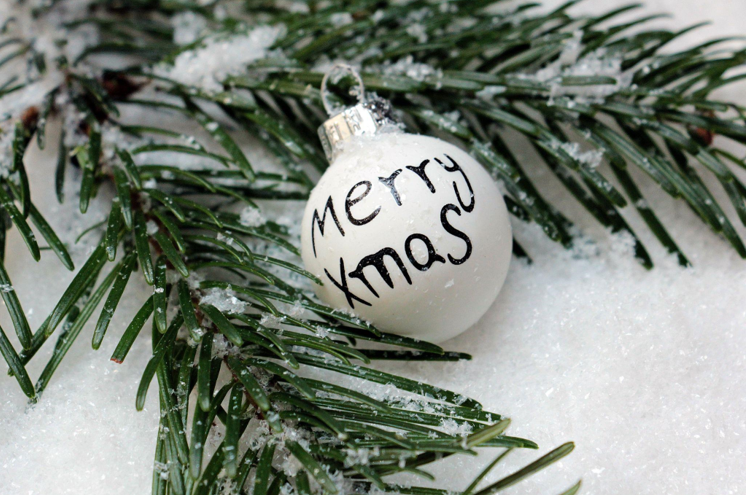Yule Logs: A Timeless Tradition
As the end of the year approaches, many cultures throughout history have celebrated the winter solstice with yule logs. This tradition is believed to have originated with the Vikings, who would gather giant logs and light them as a symbol of the returning sun. Over time, the practice has evolved into a celebration of warmth and light during the darkest days of winter.
In France, the yule log, or bûche de Noël, is a cake shaped like a log traditionally served on Christmas Eve. In England, it is said that one should save a piece of the previous year’s yule log and burn it with the new log to ensure good luck for the coming year.
Nativity Scenes and Christmas Mass
For many Christians worldwide, New Year’s Eve is a time to celebrate Jesus’s birthday with Nativity scenes and Christmas mass. The Nativity scene, or crèche, is a beloved tradition that originated in Italy in the 13th century. It depicts the birth of Jesus in a stable with Mary and Joseph, surrounded by animals and shepherds.
In Latin America, many people celebrate the holiday with a novena, or nine days of prayer, leading up to Christmas Eve. On this day, families attend Mass and return home for a midnight feast called Nochebuena. In the Philippines, a country with one of the largest Christian populations in the world, Simbang Gabi, or night Mass, is held every day for nine days leading up to Christmas.
Snowflakes: The Symbol of a Fresh Start
For many, Snowflakes symbolize new beginnings and a fresh start. As the clock strikes midnight on New Year’s Eve, many cultures worldwide mark the occasion with fireworks, party favors, and champagne toasts. In Japan, people celebrate with a Buddhist tradition called Joya no Kane, or the ringing of temple bells 108 times to signify dispelling past sins.
In Spain and Latin America, it is a custom to eat 12 grapes at the stroke of midnight, one for each chime of the clock, to bring good luck for the coming year. In Brazil, white attire is worn on New Year’s Eve to symbolize peace and purity.
In conclusion, New Year’s Eve is a time for reflection, celebration, and new beginnings. Whether with yule logs, Nativity scenes, Christmas mass, or Snowflakes, different cultures have their traditions to mark the occasion. So as we bid farewell to the old year and welcome the new one, may we find joy, hope, and happiness in all our celebrations.

